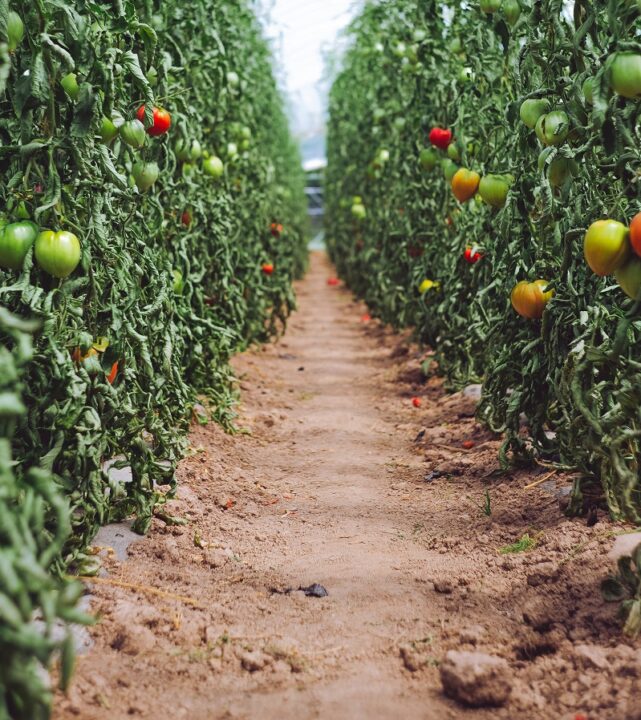Pest Of The Month: Purple Blotch

Purple blotch, which attacks onions, leeks, and shallots, is primarily caused by Alternaria porri and Stemphylium vesicarium. It can be recognized by the oval-shaped brown-to-purple, target-like lesions it causes on leaves. Yellow streaks that fade into brown along the blade and extend in both directions from the lesion are also a tell-tale sign of this damaging fungus.
Climate Conditions
Purple blotch is known to flourish after a cool, humid, or wet period when cloudy conditions prevail for several days. The optimum temperatures are mid 70s, and cool, wet springs are the perfect breeding ground for this fungus. Left unnoticed and untreated, purple blotch can greatly reduce seed yields and the size of infected bulbs in fields, an obvious problem for growers.
As this pathogen has been described as opportunistic because of its tendency to take advantage of plants that have already been infected with another pathogen, growers must strive to prevent it from occurring in their fields in the first place.
Keeping a keen eye on the development of downy mildew is especially important as it predisposes the plant to purple blotch infection. Good control of the primary infection makes the secondary fungus minimal to nonexistent. So as the old adage goes, a good defense makes the best offense.
In addition to using copper fungicides, growers should rotate to non-susceptible crops such as carrots, celery, and lettuce to help keep purple blotch in check. In addition, growers should only harvest onions when it is dry to prevent introducing the pathogen to any bruised or damaged onions in storage.









